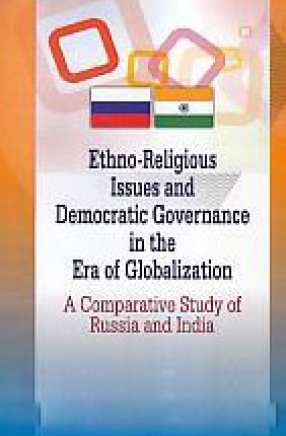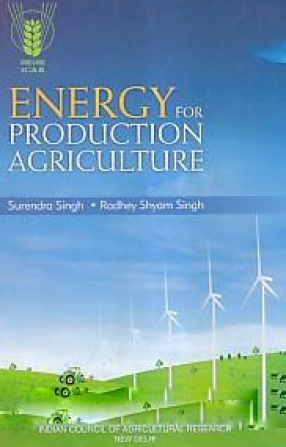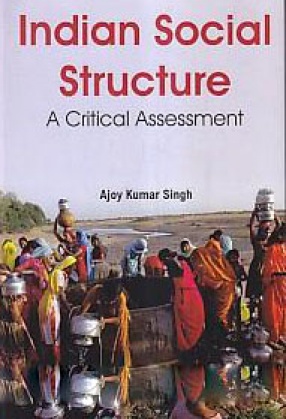The book provides a comprehensive analysis of the politics of regionalism in Pakistan. It discusses the regional tensions right since 1947 upto General Musharraf’s phase. Although, the ruling elite of Pakistan made loud claims to have resolved the issue of nation building and integration, the reality has been quite opposite to the claims of the ruling elite. All the four provinces of the Pakistan are plagued by regional tensions: these tensions have intra-state, inter-state and supra-state dimensions. Non-Punjabi ethnic groups of Pakistan, the Sindhis, the Pashtoons and the Baluchis are raising voice against the mounting hegemony of the Punjabis. Besides this all the four provinces of Pakistan remain confronted with the intra-province regional tensions. In Punjab – the Siraiki speaking people are insisting for a separate Siraiki Province. In Sind there is a deep – seated conflict between the local Sindhis and the migrated Urdu-speaking Muhajirs. The Pashtoons of the NWFP want the inclusion of Pashto – speaking areas of Baluchistan into their province. There is a severe conflict of tribal and regional loyalties in both the NWFP and Baluchistan. The present study shows that the biggest challenge before the Pakistan ruling elite is to develop a more pragmatic and realistic vision and approach towards nation building and integration. The three – R syndrome that is a balanced systemic framework based on religion, region and reality (socio-cultural and econo-political) could be a more pragmatic and a viable instrument for cementing the destabilising and disintegrative forces. Over reliance on the single R – that is religion had done a greater harm to the processes of nation building and integration in Pakistan. Islam based two-nation theory has already been discarded by the diverse ethno-regional groups of Pakistan. Indeed Pakistan’s very survival depends on the due recognition of its multi-cultural and plural social reality.
Farm Tools and Equipment for Agriculture
$116.10
$129.00








There are no reviews yet.